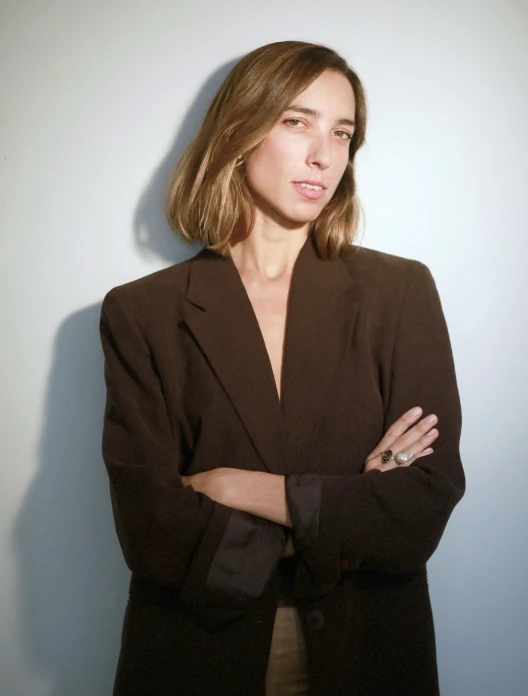
The dancer and choreographer, Mar Aguiló.
Mar Aguiló’s career reflects a life dedicated to dance, constantly seeking artistic evolution, which has led her to blend classical ballet with global influences, as demonstrated in her new work, Swans. Born in Mallorca, she began dancing at the age of three, finding ballet as a way to express herself and overcome her shyness. Her talent and dedication led her to train at the prestigious Maurice Béjart School in Lausanne, Switzerland. From there, she built a solid career, including years as a member of the Spanish National Dance Company
The road to excellence
Mar recalls the effort that her training entailed. From her days in academies to the demands of a professional career, her life has been marked by the constant pursuit of artistic perfection. “Over time, I began to question what I was beyond just a performer. That desire to explore my own voice led me to leave the Spanish National Dance Company two years ago,” she explains.
In 2023, Mar Aguiló premiered Swan, her first work as an independent choreographer and dancer. This deeply personal piece marked the end of one chapter and the beginning of another. “Inspired by the technique and symbolism of classical ballet, Swan reflects on the relationship between perfection and sacrifice,” she emphasizes.
Swans, the new dance piece by Mar Aguiló
“After Swan, Swans emerged, a work that goes beyond a sequel; it is a broader dialogue on the evolution of dance. I understood that it was no longer enough for me to delve only into classical Western dance from Paris; I wanted to explore other traditions, cultures, and techniques,” explains Mar Aguiló.
Swans, the new dance piece by Mar Aguiló takes the narrative towards a more global reflection. “I wanted to explore how classical ballet can be transformed by integrating with individual experiences and diverse cultural approaches,” she says. “I chose three very different dancers: Samba Injai, with roots in Guinea-Bissau and training in Lisbon; Chantel Foo, specialized in traditional Chinese dance; and Ariane Servagent, a former student of the Paris Opera who found a new form of expression in urban dance,” Aguiló adds.
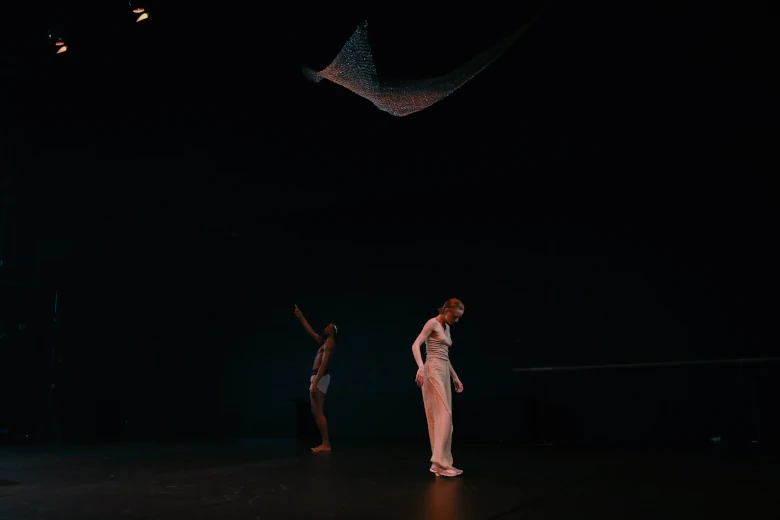
Photo of the show already presented at Teatros del Canal. Foto: Lourdes Cabrera.
“I thought about those dancers who, from a young age, have been trained with a rigorous discipline and a demanding technique, but who at some point have taken other directions in their professional lives. I was very interested in seeing the fragility of the bodies, how they live dance today and how, despite everything, their bodies still retain the echo of that training and rigor,” Aguiló reflects. With Swans, the Mallorcan choreographer aims to capture not only these personal transitions, but also the emotional and physical impact of these stories on stage.
The creative process has been very challenging. “It was very difficult to work with such different personalities, but that’s what enriches the piece,” she confesses. “Each performer brings not only their technique but their story, creating an intimate choreography, it’s like truly immersing myself in other bodies,” she reflects.
The fragility of dance
Despite the work being complex, Mar Aguiló also experienced a sense of comfort in the process. “Although it was a challenge, I felt very comfortable. It wasn’t so important one step or another, but understanding the dancers, understanding their essence and what we could find together. In the end, the piece almost shaped itself,” she says.
Mar Aguiló reflects on what she hopes the audience will perceive when watching Swans. “What I truly hope is that the audience feels that fragility, that sense of showing those places, those moments, that return to the past for the dancers,” she explains. “It’s not about seeking technical perfection, but about showing the echo of what those bodies and movements represent, that memory of what they once were,” she concludes.


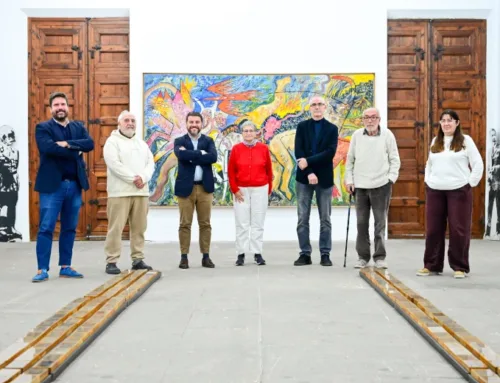

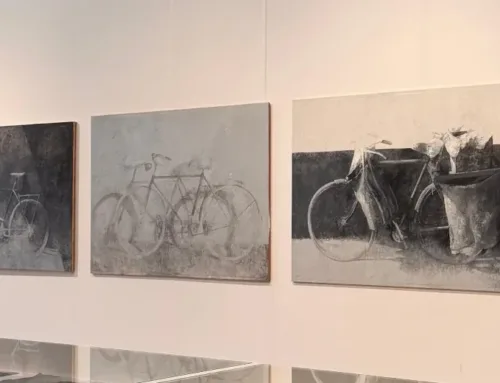

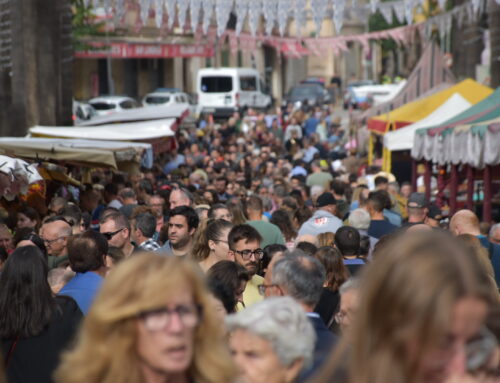

Leave A Comment